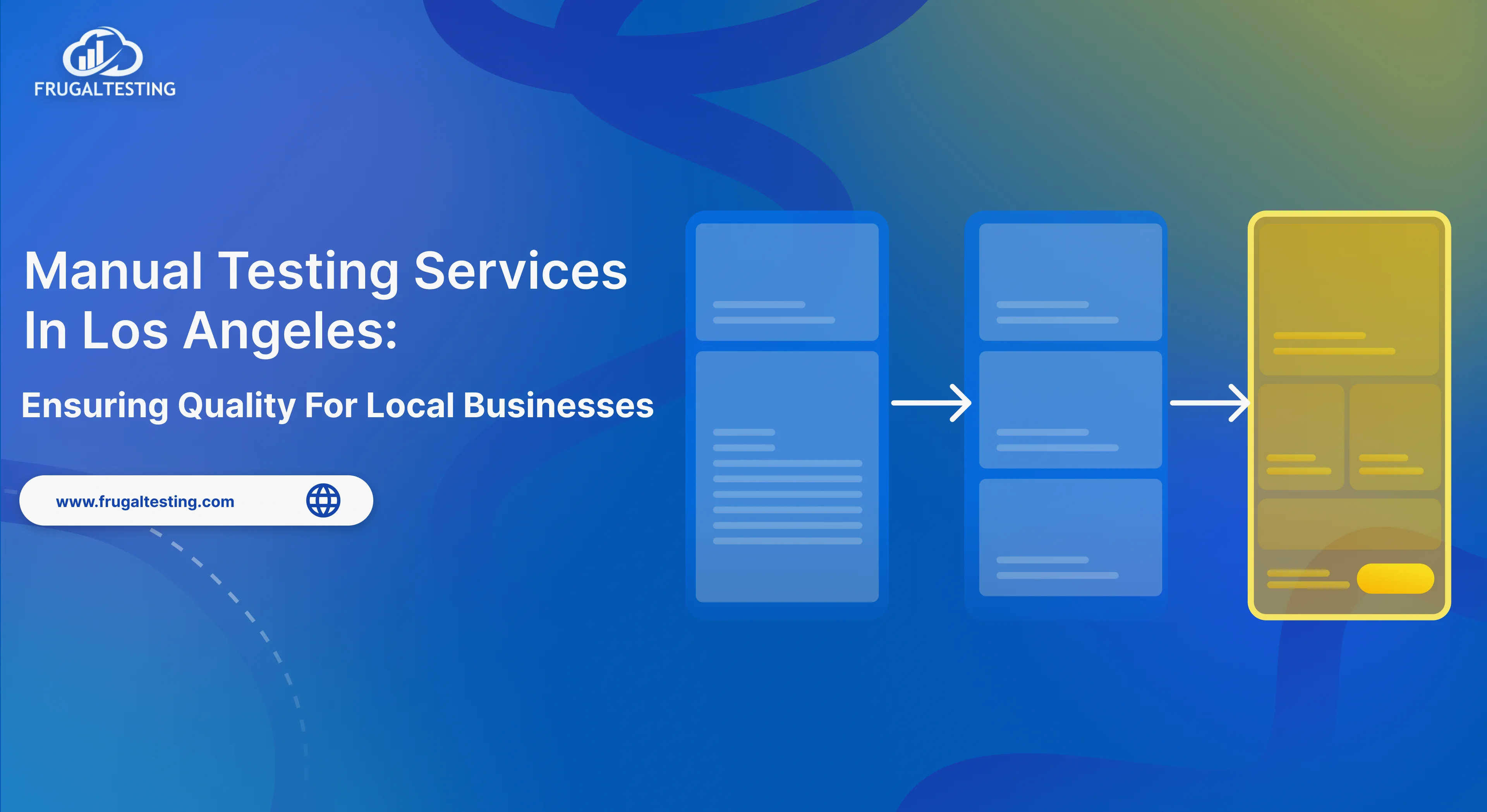The gaming 🎮 industry has experienced exponential growth in recent years, with revenues surpassing those of the film and music industries combined. According to an article by Grand View Research, the global gaming market is projected to reach USD 583.69 billion by 2030.
📱Mobile gaming has emerged as the forefront of this growth, with smartphones becoming the primary gaming platform for billions of players worldwide. With the convenience of mobile devices, players can access their favorite games anytime, anywhere, leading to a constant stream of engagement.

As the gaming industry witnesses a surge in players and expectations for seamless experiences, the importance of rigorous game testing becomes paramount. This necessity was glaringly exemplified in the release of GTA The trilogy - The Definitive Edition in Winter of ‘21, where insufficient testing and rushed release led to a subpar game filled with bugs and glitches. The backlash and reputational damage suffered by Rockstar Games serve as a stark reminder of the repercussions of inadequate testing in today's competitive market 📈.
Here's a quick rundown of the essential topics that we'll be exploring to understand the nuances of Mobile Game Testing.:
▶️ Define what is meant by Game testing 🧰 and touch on its importance
▶️ Engage in Testing challenges and explore possible solutions 🔍
▶️ Traverse through the Testing Parameters
▶️ Learn about the Mobile application Testing tools ⚒️ and strategies
▶️ Must-read section on the Essential skills for young testers 🧑🏭 in 2024
▶️ A brief on the Testing pitfalls to avoid
What do you mean by Game Testing?
Game testing is the rigorous process of assessing a Mobile game's functionality, performance and stability to ensure a flawless gaming experience for users. It involves inspecting every aspect of the game, from basic functionality to intricate game mechanics, across a variety of devices and scenarios.

By conducting comprehensive game testing, developers can identify and rectify any issues or bugs that may compromise the game's quality or user experience.

Why is it important to Test Mobile Games?
Transitioning from understanding game testing to the importance of testing mobile games, it's evident that rigorous testing is crucial for ensuring the success of mobile games. Mobile game testing goes beyond mere formality; it's a cornerstone in guaranteeing a seamless gaming experience for players, leading to increased engagement and satisfaction.
Testing mobile games is a crucial factor for identifying and rectifying bugs 🐛, glitches and performance issues that could hinder player enjoyment. These issues can range from minor graphical anomalies to game-breaking crashes, all of which significantly impact the overall user experience 👎.

Mobile game testing ensures optimal performance across a range of devices 💻, operating systems 💽 and network conditions 🛜. With the diverse hardware configurations and software environments in the mobile ecosystem, thorough testing is essential to ensure games run smoothly on a wide range of devices, maximizing potential audience reach.
Mobile game testing also addresses compatibility concerns, validating touch controls, adjusting UI elements for different screen sizes and optimizing graphics for various display capabilities. This ensures a consistent and intuitive user experience across different devices, enhancing player engagement and retention.
Furthermore, mobile game testing allows developers to identify and address usability issues, fine-tuning the game's interface, controls ⌨️ and gameplay mechanics ⚙️ based on feedback from testers and real users. This iterative process enhances usability and accessibility, catering to players of all skill levels and preferences.
Common challenges when testing Mobile Games
When it comes to testing mobile games, several common challenges arise, demanding careful consideration and strategic planning from developers and testers alike.
- Device fragmentation: With a wide array of mobile devices, ensuring consistent performance across different specifications, screen sizes and hardware capabilities is challenging. Mobile games should run smoothly on devices with different CPU, GPU and memory specifications.
- Varying network conditions: Testing under different network speeds 📶 is crucial to ensure smooth gameplay regardless of the player's internet connection.
- Android Compatibility with Operating Systems: Games must function seamlessly across various platforms and versions, requiring thorough testing on multiple devices, be it mobile or web.

- 🪫Battery consumption and resource usage: Optimizing performance to enhance battery life and device performance without sacrificing gameplay quality is essential.
- 🔐 Security vulnerabilities: Protecting against unauthorized access and data breaches requires thorough security testing to ensure the game's integrity and user data protection.
As we move to monitoring important parameters, addressing these challenges remains pivotal for ensuring game quality and player satisfaction.
Important parameters to monitor when conducting performance testing for mobile games
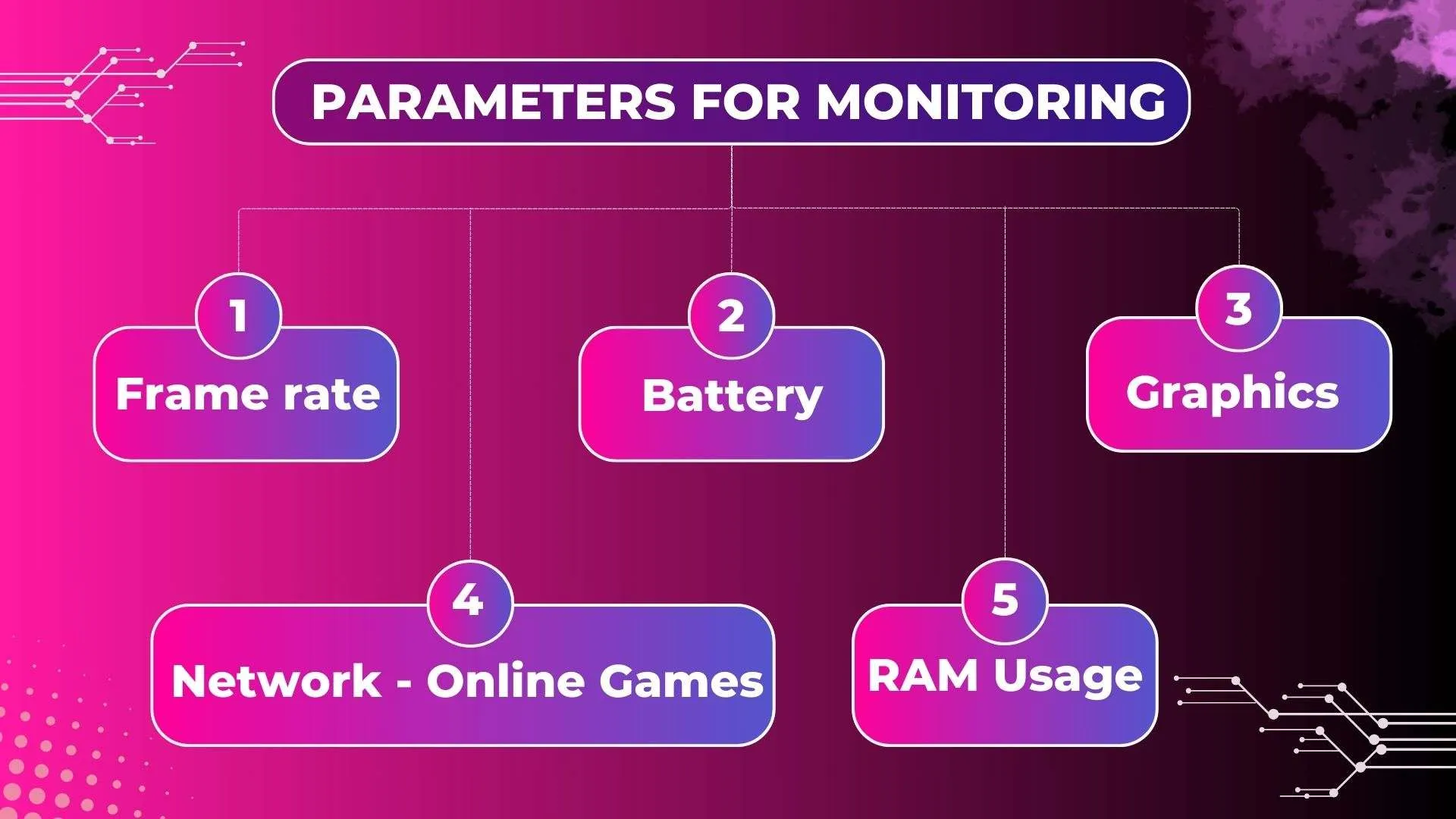
Moving forward from comprehending the necessity of testing mobile games, it's crucial to delve into the essential parameters for performance evaluation. These metrics not only ensure technical robustness but also optimize the gaming experience across the ocean of devices and situations. Let's explore the fundamental factors developers and testers should focus on during performance testing for mobile games.
- Monitoring frame rate ensures smooth and consistent animation rendering, enhancing the overall gaming experience.
- Assessing load times ⌚ helps identify any delays in loading game assets or levels, optimizing performance and player engagement.
- Tracking Battery consumption helps optimize resource usage, extending device battery life and enhancing player satisfaction.
- Monitoring 🧠 memory usage helps identify memory leaks or excessive resource utilization, optimizing performance and preventing crashes.
- Evaluating network latency ensures responsive gameplay, minimizing lag and enhancing multiplayer experiences.
- Assessing overall responsiveness to user inputs, such as touch or gestures, ensures smooth and intuitive gameplay interactions.
- Monitoring graphicsquality ensures high visual fidelity and optimizes performance for different device capabilities.

- Tracking device temperature 🌡️ helps prevent overheating issues that can impact performance and player comfort.
- Testing the game's stability under stress conditions, such as prolonged gameplay sessions or simultaneous resource-intensive tasks, ensures robust performance in real-world scenarios.
- Ensuring compatibility across various devices and hardwareconfigurations guarantees a consistent gaming experience for all players.
The best practices for testing Mobile Game in 2024
- Early and Continuous Testing: Start testing as early as possible in the development cycle and continue testing throughout the process to catch issues sooner and iterate quickly.
- Utilize Automation tools 🤖 for repetitive tasks such as regression testing, device compatibility testing and performance testing to increase efficiency and coverage.
- Real-World Testing Scenarios: Test the game in real-world conditions to simulate actual player experiences, including different network speeds, device types and usage patterns.
- Collaboration with Developers: Foster close collaboration between testers and developers to facilitate faster issue resolution and ensure alignment on quality standards and priorities.
- Comprehensive Test Coverage: Cover all aspects of testing including functional testing, compatibility testing, performance testing, usability testing, security testing and localization testing to ensure a high-quality game.

- 📔Feedback Integration: Incorporate feedback from testers, beta users and player communities into the testing process to identify issues, gather insights and improve the overall gaming experience.
- Agile Testing Methodologies: Adopt agile testing methodologies such as Scrum or Kanban to enable rapid iterations, frequent releases and continuous improvement based on user feedback and changing requirements.
- Device Diversity: Test the game on a diverse range of devices, operating systems, screen sizes and resolutions to ensure compatibility and optimal performance across various platforms.
- 🖥️ Monitoring and Analytics: Implement monitoring tools and analytics to track key performance metrics, identify potential issues and make data-driven decisions for optimization and refinement.
- Documentation and Reporting: Maintain comprehensive documentation of test cases, results and issues encountered and provide clear and actionable reports to stakeholders to facilitate informed decision-making and transparency throughout the testing process.
Different Types of Game Testing Techniques
In game testing, various techniques ensure comprehensive evaluation:
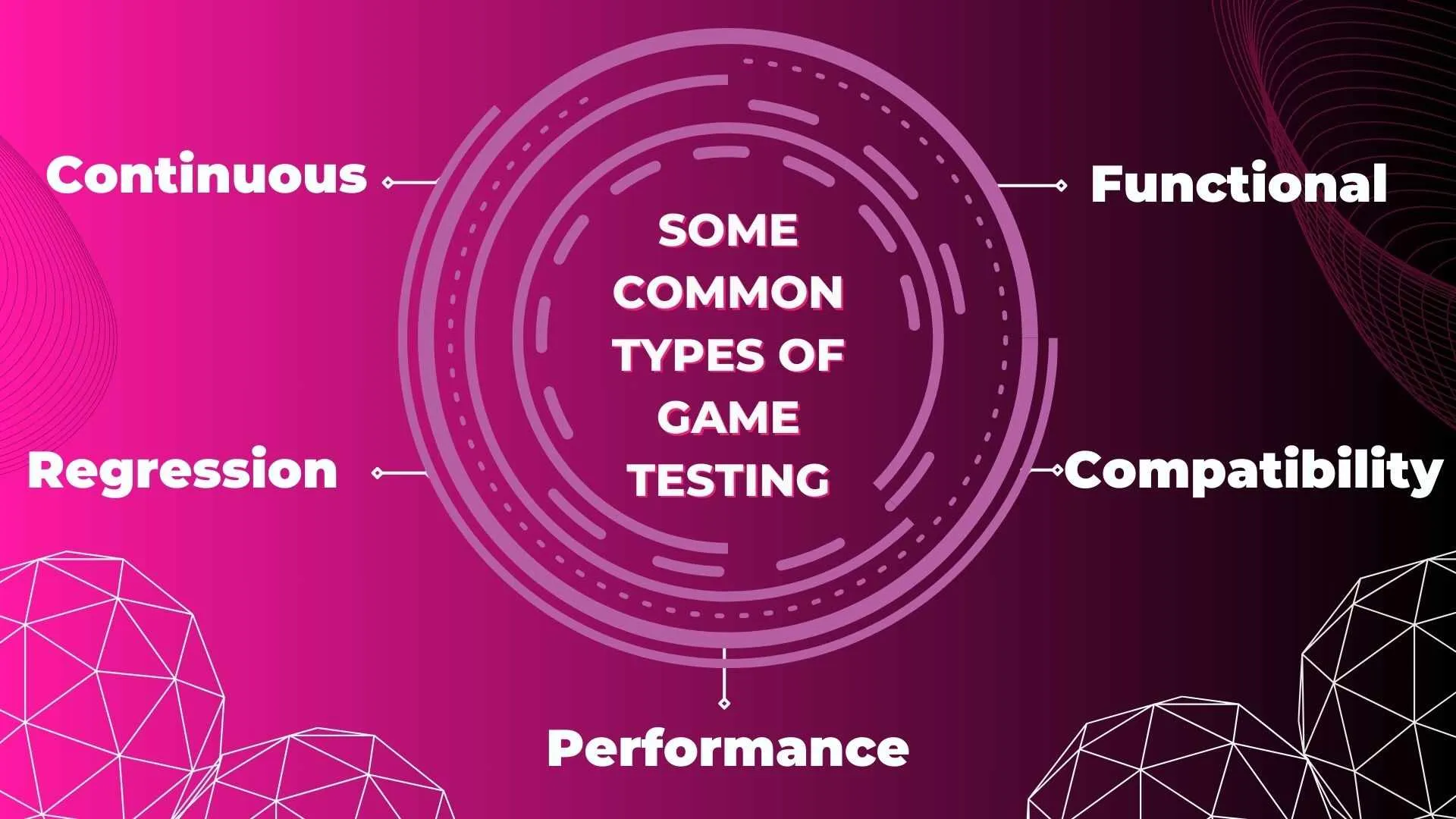
1. Functional Testing: Verifies features to ensure they work as intended, crucial for game functionality.
2. Compatibility Testing: Ensures consistent performance across devices, OS and screen resolutions, maximizing reach.
3. Performance Testing: Evaluates responsiveness, load times and resource utilization under diverse conditions for optimal performance.
4. Usability Testing: Usability testing typically focuses on assessing the user interface (UI), controls and overall user experience to ensure that they are intuitive, accessible and user-friendly.
5. Exploratory testing 🔎: Exploring the game without predefined test cases to uncover potential issues or areas for improvement in usability and overall user experience. Both types of testing aim to enhance the usability and accessibility of the game for players.
6. Regression Testing: Checks updates don't introduce bugs, maintaining previously tested functionalities.
7. Localization Testing: Ensures compatibility with different languages and cultures, maximizing global appeal.
8. Security Testing 🔒: Assesses resilience against vulnerabilities, safeguarding user data and integrity.
9. Visual Testing 👀: Evaluates graphical elements to enhance aesthetic appeal and meet design standards.
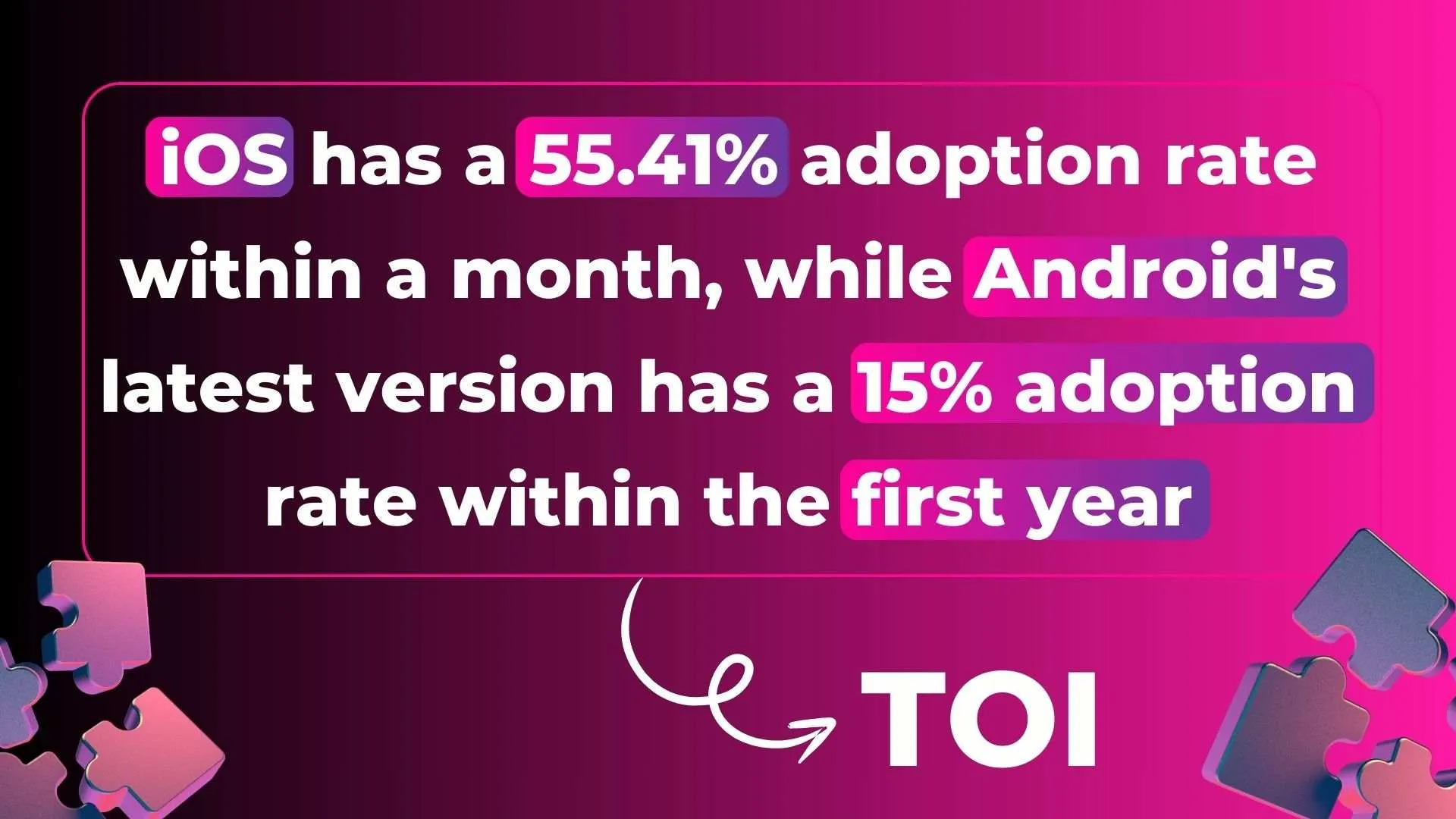
10. Beta testing involves releasing a pre-release version of the game to a select group of testers or users for feedback. This allows developers to gather real-world feedback and identify any remaining issues or areas for improvement before the official launch.
11. Real device testing involves testing the game on actual mobile devices rather than emulators or simulators. This ensures that the game performs accurately and optimally on actual devices with varying hardware configurations and operating systems.
12. Load testing evaluates a game's performance under various levels of user activity to ensure it can handle high player volumes without crashing.
13. Combinatorial Testing: Testing multiple input combinations for efficient coverage.
14. Recovery Testing: Evaluating game resilience after failure, ensuring smooth gameplay.
These methods, combined with skilled testing teams, ensure mobile games meet quality standards and deliver exceptional experiences.
Best Tools for Mobile Game Testing

Selecting the right tools for mobile game testing is crucial for ensuring flawless performance, player experience and adherence to quality standards. The order of listing shown here doesn't intend to rank the tools:
1. Appium Mobile Testing: An open-source automation tool supporting iOS and Android platforms, providing detailed reports and comprehensive testing capabilities.
2. XCTest: Apple's native testing framework for iOS apps, integrating seamlessly with Xcode and ensuring mobile app performance meets standards.
3. Espresso: Google's framework for Android app testing, offering fast UI testing and precise performance analysis for optimal player experience.
4. Unity Test Tools: Specifically designed by Unity for testing games, ensuring thorough performance evaluation and quality assurance.
5. GameBench: Tailored for mobile games, it measures frame rates, CPU and GPU usage, providing invaluable insights for performance optimization.
6. Firebase Test Lab: Google's cloud-based platform enables automated testing on real devices, ensuring compatibility and reliability across platforms.
8. Kobiton: Mobile device cloud platform providing access to a wide range of real devices, facilitating thorough real device testing.
9. AWS Device Farm: Amazon's cloud-based service allows testing on real devices, ensuring scalability and reliability in mobile app testing.
Leveraging these powerful tools enables developers and testers to streamline the software testing processes, identify issues early and deliver high-quality mobile games to users.
Importance of a Mobile Testing Strategy
Having a robust mobile testing strategy is essential for ensuring the success and reliability of mobile games in today's competitive market. Here's why:
1. Comprehensive Test Coverage: A mobile testing strategy ensures thorough coverage of functionality, performance, compatibility, usability and security, addressing both functional and non-functional aspects of the game.
2. Early Issue Detection ⏰: By implementing testing at each stage of development, developers can detect and address issues early, minimizing the need for costly rework and delays.
3. Consistent Quality Assurance ✅: A well-defined testing strategy maintains consistent quality standards across different phases of development and team members, ensuring adherence to best practices.

4. Optimized Resource Utilization 🎒: Prioritizing testing efforts based on risk and impact optimizes resource allocation, maximizing efficiency and effectiveness in testing.
5. Exceptional User Experience: Testing focuses on usability, performance and compatibility across different devices and platforms, enhancing player satisfaction ⭐and retention.
6. Mitigation of Risks 🛑: By identifying and addressing potential risks, such as compatibility issues and security vulnerabilities, through testing, developers can minimize post-release issues and ensure a seamless gaming experience.
A mobile testing strategy also supports level design and design refinement by addressing aspects like screen resolutions, ensuring a polished final product that meets player expectations.
Valuable skills for Mobile Game Testers in 2024
In 2024, mobile game testers need diverse skill set covering:
Proficiency in Testing Tools 🧰 like Appium, XCTest, Espresso, Unity Test Tools and Firebase Test Lab ensures comprehensive testing.
Stay updated on new devices, OS, frameworks, enabling effective cross-platform testing capabilities. Analyze and troubleshoot issues with statistical reasoning, ensuring software testers diagnose complex problems effectively.
🤝 Collaborate with cross-functional teams, enabling efficient communication 📞 for social media integrations and feedback sharing, even though the problem is a minor issue.
Evaluate playability and engagement, providing valuable feedback for design refinement. Stay informed on user preferences, ensuring games resonate with players and meet marketdemands.
Common pitfalls to avoid during Mobile Game Testing
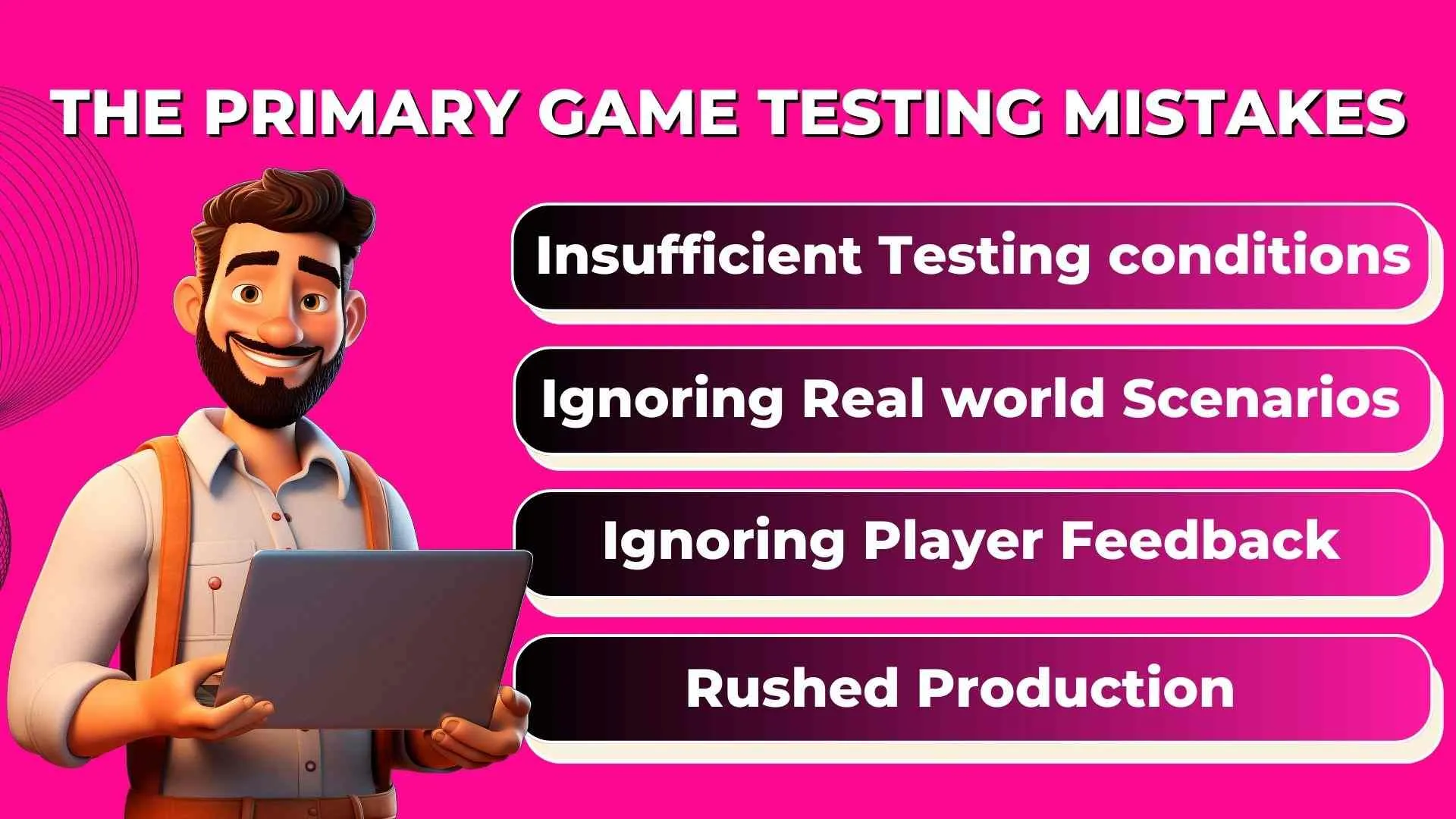
When conducting mobile game testing, it's crucial to be aware of common pitfalls that can hinder the effectiveness of the testing process. By recognizing and avoiding these pitfalls, testers can ensure thorough and reliable testing outcomes. Here are some common pitfalls to avoid during mobile game testing:
- Comprehensive test coverage across functionality, performance, compatibility, usability and security aspects.
- 🚴 Rushed Testing Cycles: Due to tight deadlines or pressure to release the game quickly, testers may conduct inadequate testing, leading to missed bugs and lower overall quality.
- Limited Device Testing: Testing on only a few devices or emulators may result in overlooking compatibility issues on a broader range of devices used by players.
- Lack of User 🧑💼 Perspective: Testers may overlook usability issues or assume player behaviors, resulting in a game experience that doesn't resonate with the target audience.
- Ignoring Edge Cases: Focusing only on typical usage scenarios and failing to test extreme or edge cases can result in unexpected bugs or performance issues in real-world situations.
- Inadequate Communication 📧: Poor communication between testers, developers and stakeholders can lead to misunderstandings, delayed bug fixes and ultimately, a lower-quality game.
- Insufficient Security Testing 🔒: Neglecting thorough security testing may leave the game vulnerable to exploits, hacks or data breaches, risking player trust and reputation.
- Limited Test Environment : Testing in controlled environments may not accurately simulate real-world conditions, leading to missed issues related to network connectivity, device performance or user behavior.
Wrapping Up!

The analysis of effective mobile game stability testing in 2024 provides a deep understanding. It covers the importance of game testing, common mistakes to avoid, various testing techniques, tools and strategies. Emphasizing comprehensive test coverage, real-world testing scenarios, device diversity, user feedback integration and security considerations highlights the importance of meticulous testing processes for exceptional gaming experiences.
Furthermore, we've highlighted essential skills for young testers, such as proficiency in testing frameworks, adaptability to evolving technologies, strong analytical and problem-solving abilities, effective communication and collaboration skills. Recognizing the challenges and complexities inherent in mobile game testing and offering practical solutions and best practices, ensures testers are equipped with the knowledge and tools needed to navigate the dynamic gaming landscape and ensure the quality, performance and success of mobile games in today's competitive market.

People also asked
👉What types of mobile testing should be included in the Android testing strategy?
Android testing strategy should encompass functional testing, compatibility testing across various devices and OS versions of Android. Performance testing, usability testing and security testing are also recommended needed.
👉What kind of testing you can plan in mobile testing?
Mobile testing can include functional testing to ensure features work as intended, compatibility testing across devices and OS versions, performance testing for optimal speed, usability testing for intuitive user experience and security testing to safeguard data.
👉What is QA mobile testing?
Quality Assurance mobile testing involves evaluating mobile applications or games for quality assurance, focusing on functionality, performance, usability, compatibility and security to ensure a high-quality user experience.
👉What methods do we apply to test our mobile game's accessibility and usability?
Accessibility and usability of mobile games are tested using methods like user testing with diverse groups, conducting evaluations and employing automated tools to assess compliance with accessibility guidelines and user interface design principles.
👉What's the benefit of using exploratory testing for mobile games?
Exploratory testing for mobile games allows testers to uncover unforeseen issues, evaluate gameplay experience in real-world scenarios and discover usability problems that may not be apparent through scripted testing, ultimately improving the overall quality of the game.





%201.webp)
